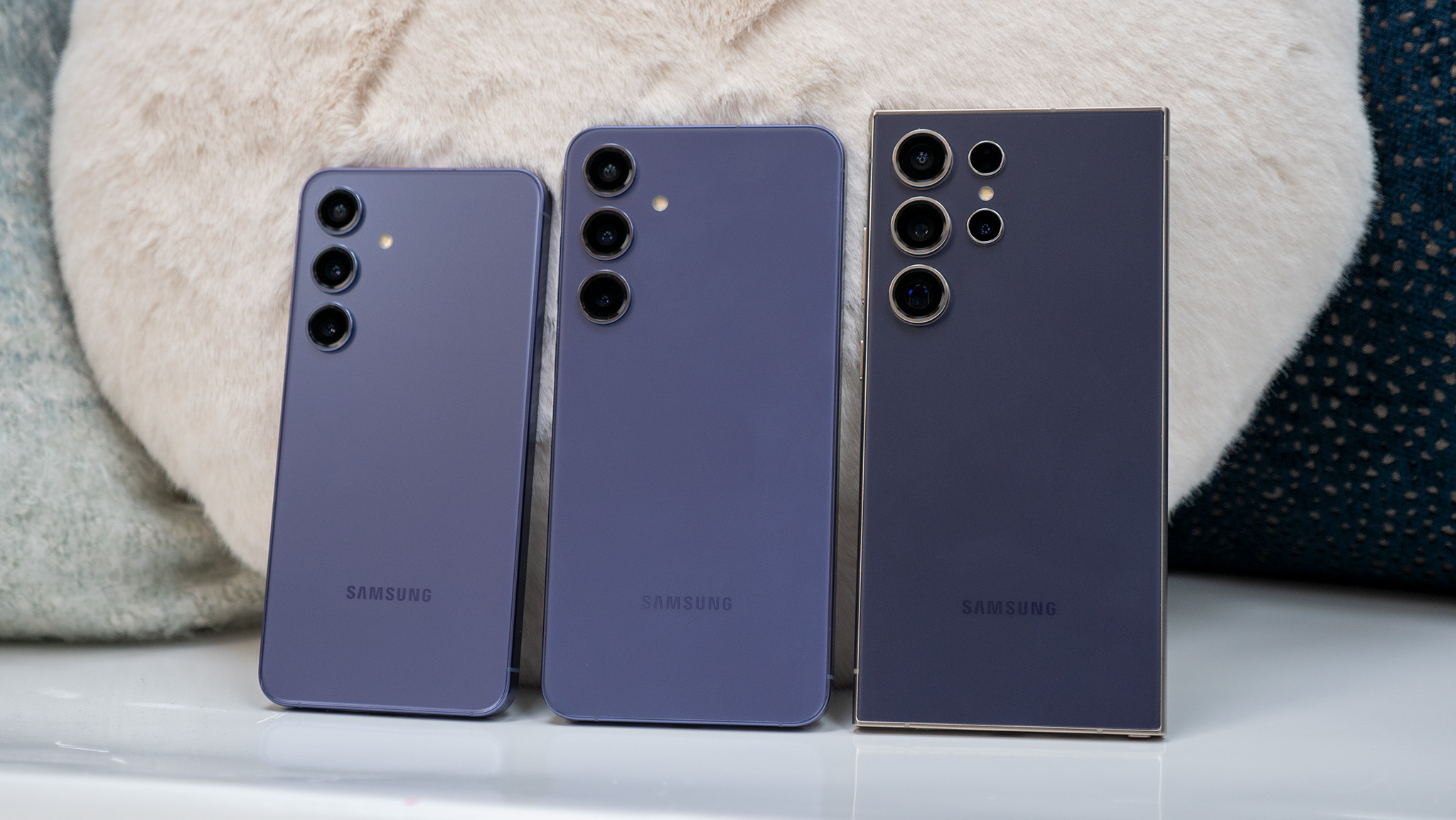The mobile home theater, radio DJ, and TV station - Talk Mobile
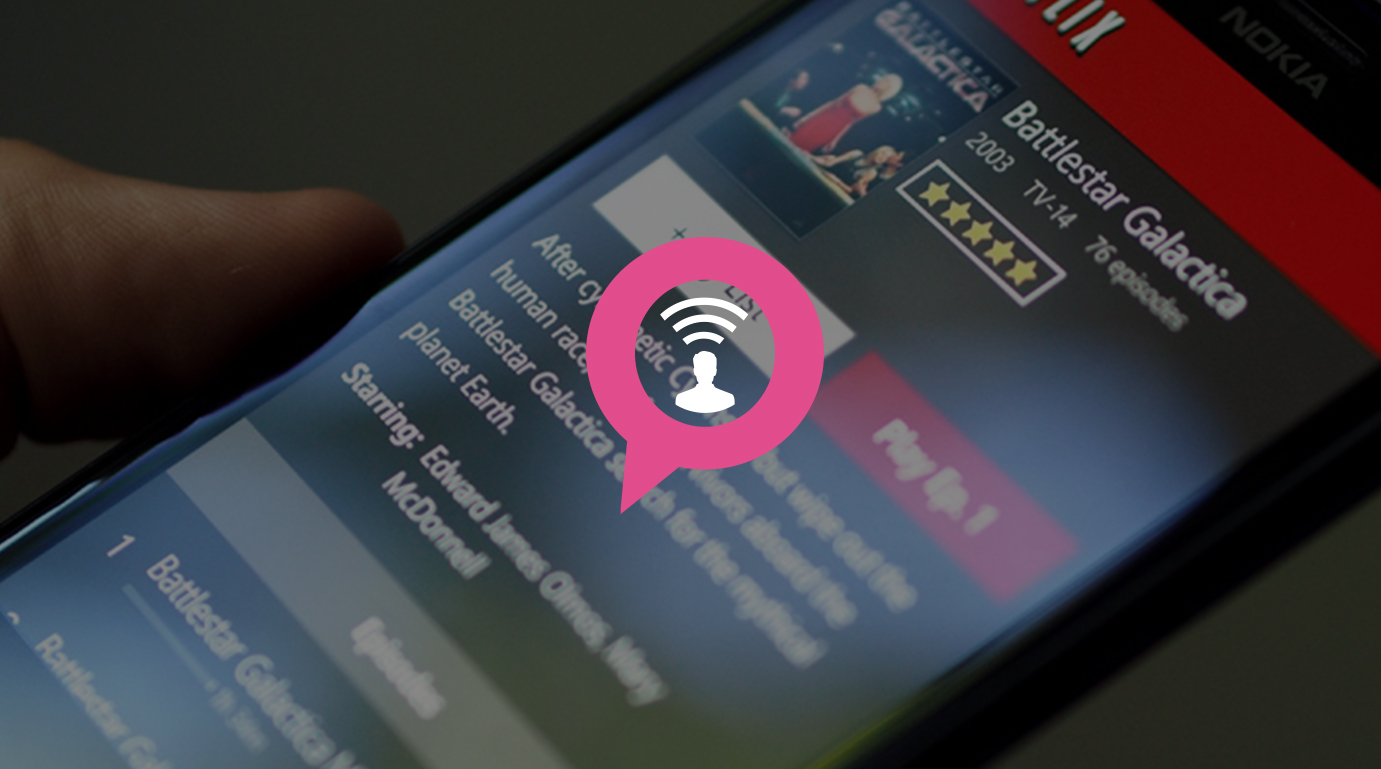
Presented by Blackberry
Talk Mobile Connected
The mobile home theater, radio DJ, and TV station
by Rene Ritchie, Daniel Rubino, Kevin Michaluk, Phil Nickinson
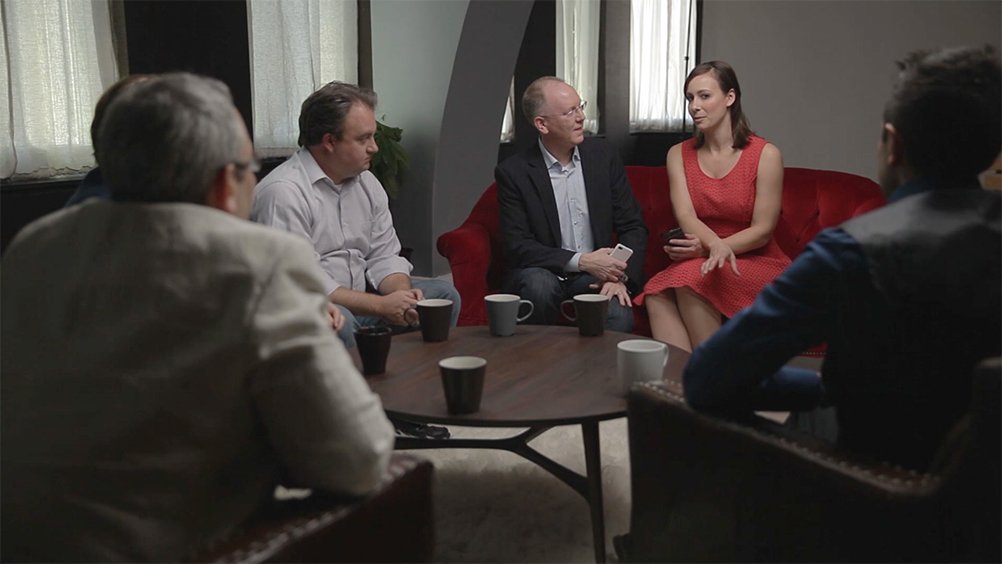
If there's one industry that didn't expect to be upended by mobile devices, it's the entertainment industry. The music, television, and radio empires are domains of the status quo. They've established dominance and usage behaviors for the public, and they're perfectly happy with how things have been.
Mobile devices and their ever-increasing connectivity options and speeds have upended entertainment. Now able to get more information more quickly than ever wherever they want, users are asking the same questions about their entertainment.
So just where do smartphones and tablets fit into the home theater set-up - are they just for serving content, or can you use them to control all of the home theater stack as well? Can we use our smartphones to broadcast music through the entire house, without wires or hassle? And how has mobile changed how we watch TV and listen to traditional radio?
Let's get the conversation started!
Be an expert in 5 minutes
Get the latest news from Android Central, your trusted companion in the world of Android




Entertainment
Articles navigation
- Home theater
- Connected speakers
- Video: Derek Kessler
- Mobile television
- Video: Georgia
- Internet radio
- Conclusion
- Comments
- To top
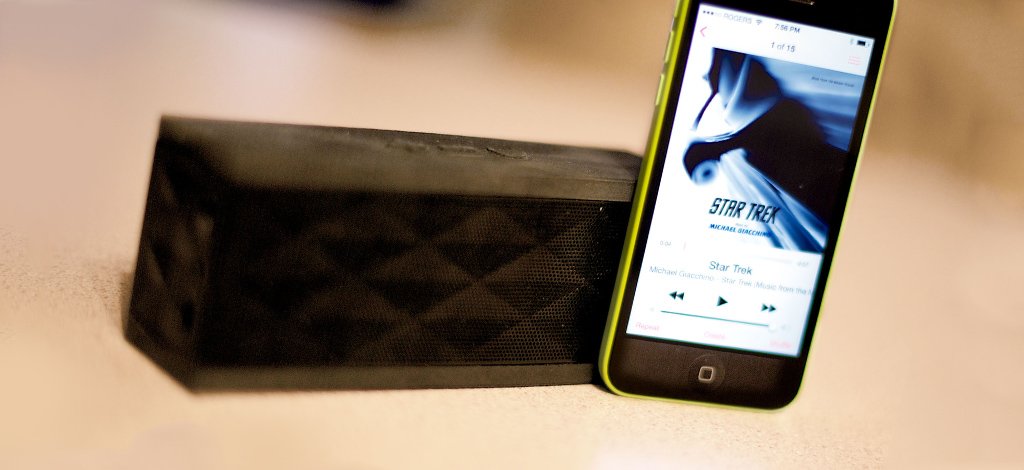

Your smartphone as the remote control and content provider
By Phil Nickinson
That's all changed, as have the players. Sony's largely fallen out of the conversation, though it should gain more traction once the PlayStation 4 is released. Microsoft finally woke up with Windows Phone and integration with the Xbox 360, and mobile will be a major part of the upcoming Xbox One. The iPhone and iPad are as much a part of Apple TV as a traditional remote control. Google got into the game, first with the ambitious but underwhelming Google TV, then with the aborted Nexus Q — and now there's the $35 Chromecast HDMI stick.
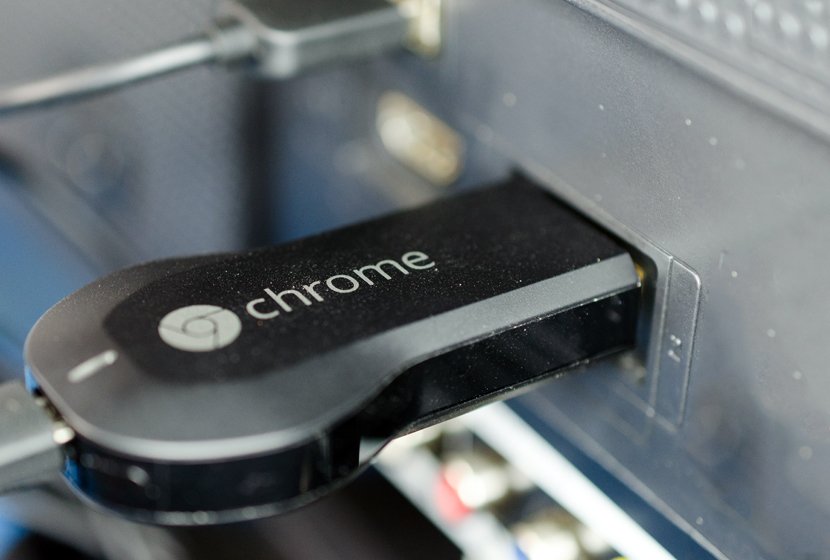
Google's TV tribulations
Google knows that the living room is their next battleground, but they struggled to find a winning formula for the first few years of their television efforts. Google's first attempt was the simply-named Google TV, a derivation of Android for televisions, sold by third party manufacturers through set-top boxes and later integrated HDTVs.
In 2012 Google announced the Nexus Q, a $299 bocce ball-sized orb running a custom version of Android that let Android users stream web-based content (and only web-based content) to a connected TV or stereo. The Nexus Q was canceled before full shipments began. In 2013, Google released the Chromecast, an HDMI stick with much of the Nexus Q's streaming functionality, but at a more affordable $35.
There are also plenty of la carte options. TVs, Blu-ray players, and receivers — any newer home entertainment components, really — might have a mobile app for Wi-Fi or Bluetooth remote control.
There's no shortage of ways to use your phone or tablet with your home theater. And while this adds some convenience — you've got your phone with you, might as well use it as a remote — it also adds another layer of complexity in the home theater system. How well does all this stuff work together? How do you switch from watching TV to a Blu-ray to Netflix? Have you created a whole new complicated workflow, just to be able to use your phone or tablet?
Have you created a whole new complicated workflow, just to be able to use your phone or tablet?
That's not a small problem, but it's also not insurmountable. The major consoles aim to be "always-on" components. CEC-enabled devices and TVs can signal each other to turn on when needed. Logitech's excellent Harmony remotes have supported macro-like IR workflows for years. The trick, of course, is making it simple. "So grandma can use it," we say.
There's still a place for the traditional, tactile remote control. Phone and tablets are glass slates that you have to look down to use. Mobile might not replace the remote control, but it certainly can augment it.
Regardless, home wireless networks, broadband speeds and the components they both connect to have advanced enough that you're going to be using your phone and tablet more and more in the living room.
01
How do your mobile devices fit into your home entertainment scheme?
876 comments
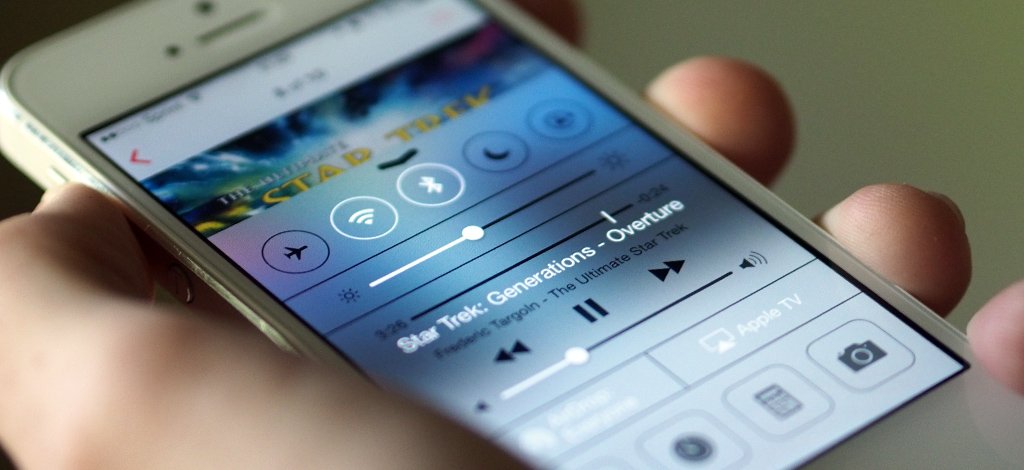

Falling in love with distributed speakers
By Kevin Michaluk
I'm an unabashed fan of Sonos. For the uninitiated, Sonos is an audio company that specializes in wireless distributed speakers. The combination of these speakers with a specialized network bridge means that I can broadcast my music throughout my house without wires or delay. Or I can broadcast it to just specific Sonos speakers ("ZonePlayers"), like the ones at my TV or the speakers in my office.
Before I had Sonos in my life, playing music in different parts of the house was a more manual experience. I had to take my smartphone and plug it in to each speaker system I wanted to play from. And yes, speaker system. Where Sonos provides standalone speakers that take your audio wirelessly, the olden days required that each set of speakers have a dedicated receiver of some sort to take my audio. Granted, there are speakers with built-in receivers that'll take a 3.5mm line-in, but those are still just as isolated as a pair of speakers hooked up to a receiver.
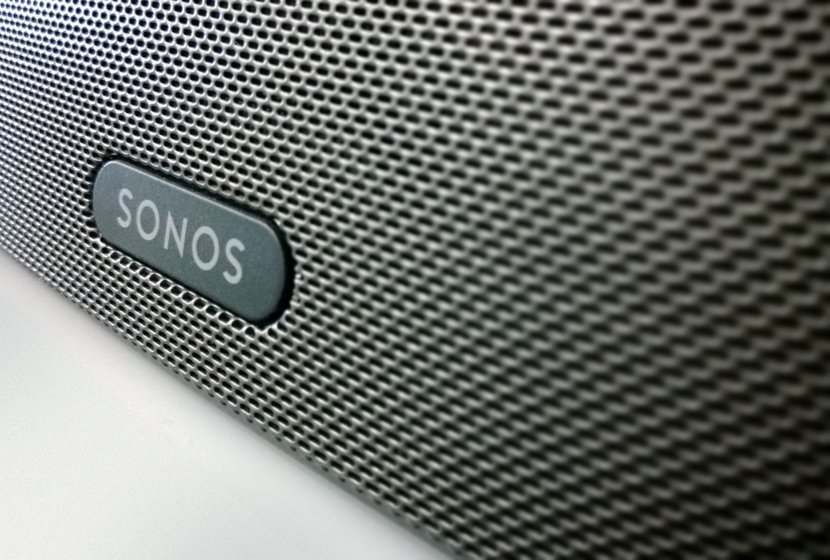
SonosMesh
The crux of the Sonos system is a mesh network branded as SonosNet. Based on 802.11n Wi-Fi technology, the SonosNet system allows Sonos devices to communicate with each other and relay instructions to other devices on the network. Using Wi-Fi technology allows Sonos devices to work in concert at near instantaneous speed.
The center of the SonosNet mesh is the ZoneBridge, a specialized wireless router that connects to a wired network to provide internet access to the entire SonosNet mesh network. The ZoneBridge also acts as the intermediate controller of devices on the network, relaying instructions and audio from the source device to speakers.
My music used to be isolated to whatever hardline connections I could create. There was no broadcasting music through every speaker in the house, or in specific rooms. There was no surround sound without running unsightly (or frustratingly hidden) wires to the rear speakers. Music was a here or there affair. Sonos has changed that for me - it hasn't been cheap, but it doesn't hurt that they're also really good speakers.
Sonos has changed music for me, but it hasn't been cheap.
Of course, Sonos isn't the only player in the wireless speaker game. Apple's licensed AirPlay standard allows independent manufacturers to add iOS and Mac compatibility to their speakers with the addition of Wi-Fi, or adding an AirPort Express to speakers or an Apple TV to a television stack. But that's limited to just the Apple crowd.
The fully open system, however, is Bluetooth. So long as your device is within range of the receiver (typically ~30 feet), you can broadcast your tunes wireless. Problem is that most devices only support one Bluetooth audio connection at a time, so you're limited to a single speaker or sound system at a time. That said, there are a lot of really good battery-powered portable Bluetooth speakers out there, and that's something Sonos and AirPlay can't claim.
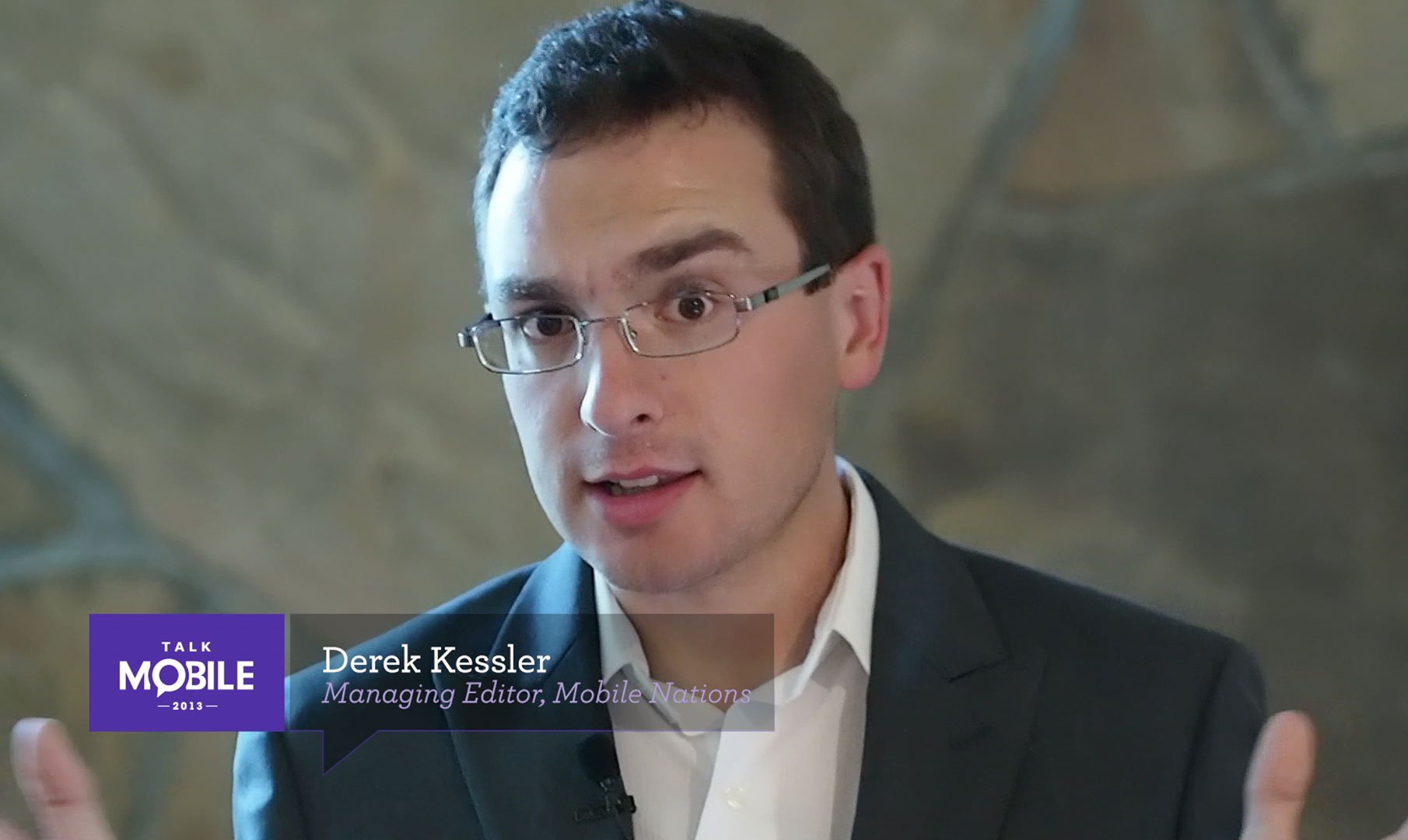
Systems like SONOS and AirPlay have set us up for the distributed future.
Derek Kessler / Managing Editor, Mobile Nations
Talk Mobile Survey: The state of mobile connectivity
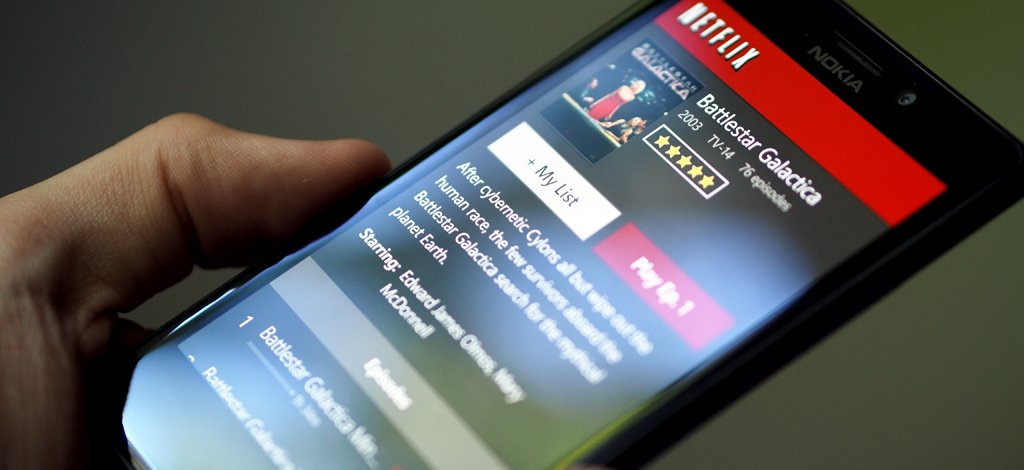

How I canceled cable TV and became happier in the process
By Rene Ritchie
I used to pay a fortune for cable. I'm lucky in that where I live we have a la carte channel selection: for $30 a month I got any 30 channels of my choosing. Sure, I had to pay $10 for the basic service on top of that (local channels), and a majority of the channels I selected had to be "Canadian", but since most of the "Canadian" channels were just American channels with Canadian ads, I was okay. But the idea of certain shows at certain times on certain days just felt antiquated, even with the advent of DVRs and time-shifted viewing.
Today, I have no cable TV. I have an Apple TV and I can watch anything I've ever bought on iTunes, and anything iTunes offers for sale or rent. I can watch, on demand, more programming than I could get through in a decade with Netflix, MLB, NHL, Vimeo, YouTube, and more.
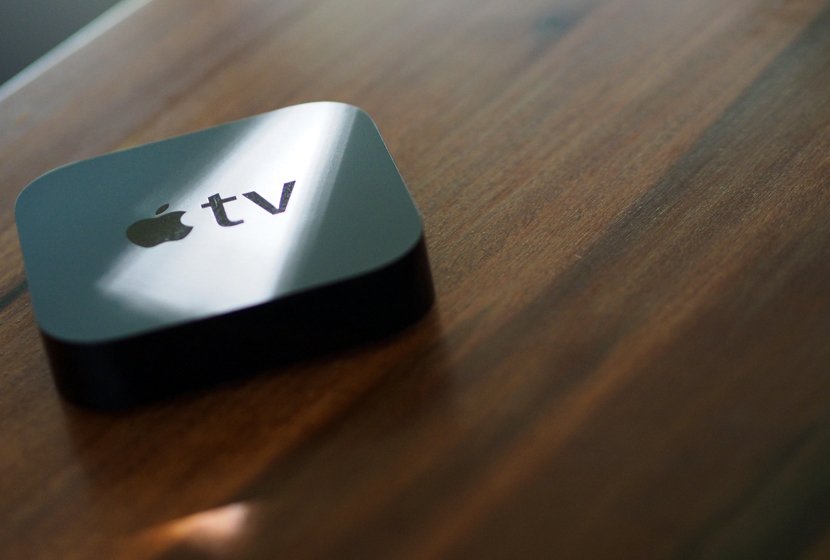
Just a hobby
When Apple launch the Apple TV in 2007, it served almost exclusively as a device to sync media so you could watch and listen to it on your TV. Essentially, it was a wirelessly-syncing iPod with HDMI-out. A subsequent software update changed how Apple TV worked, allowing users to purchase or rent movies directly from iTunes, no computer syncing required.
The second generation of Apple TV took the device even further towards cloud-streaming. The miniaturize black box was about a quarter of the size of the old hard drive-based Apple TV and had just enough flash memory to buffer streaming content. The new Apple TV also supports AirPlay video, allowing video streaming from compatible iOS or OS X devices.
I can also stream most of what's on my iPhone, iPad, or Mac, straight to the Apple TV and the big screen to which it's connected. That includes a couple of the Canadian TV network apps (though some infuriatingly lock out AirPlay due to "licensing" issues). And, of course, I can watch that stuff directly on those devices.
It's incomprehensible to my godchildren when their favorite shows aren't instantly available, let alone the concept of "channels" or unskippable ads.
When I was a child, if I missed a special program, I had to wait until it would air again and for another chance to see it. Now if I miss a show, I can almost always find it online within a few hours or days, and watch it when and where I want.
When my godchildren, who have grown up on Xbox Media Center and Netflix, go visit their grandparents, it's incomprehensible to them that their favorite shows aren't instantly available, let alone the concept of "channels" or unskippable ads.
It's becoming incomprehensible to me as well. Thanks to hardware and services from Apple, Google, Microsoft, Amazon, Netflix, and Hulu, we now have what amounts to truly personal television. Not broadcasted, but narrowly casted.
The only thing holding us back is the dinosaurs who own and operate the old, traditional studios. I'm not sure anything less than an extinction level event will change their myopic, fearful view of the internet and mobile, but eventually executives born to digital will take over.
Then the content will really start flowing.

Nowadays I can watch any TV show I want, whenever I want. I have it on my phone.
Georgia / Host, ZEN & TECH
02
Has streaming media changed how you watch TV?
876 comments
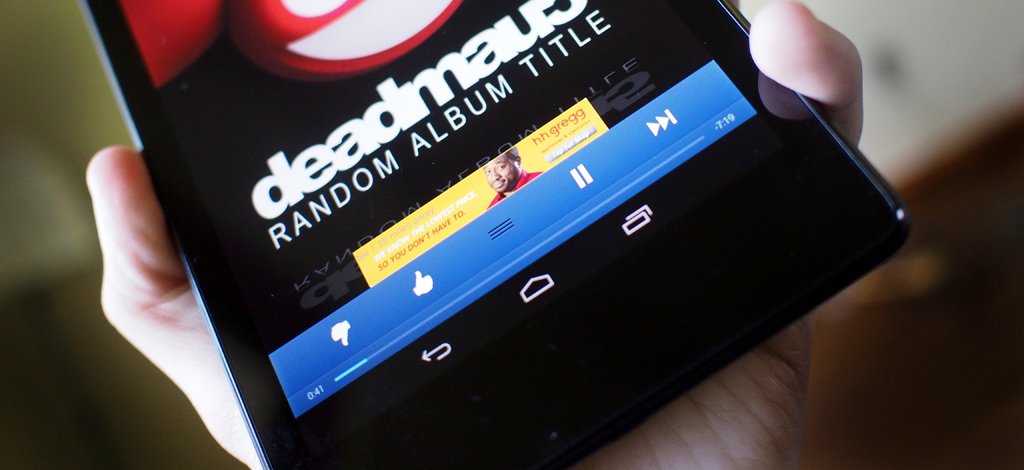

Mobile hasn't killed traditional radio… yet
By Daniel Rubino
In 2013, terrestrial broadcast radio is still a relevant and useful standby tool, especially in times of emergencies. For news, traffic, and extreme weather events, there is nothing quite like the old time radio that has been around seemingly forever. It's simple, it's resilient, and it's ubiquitous.
But what about entertainment? The trivial, non-life impacting uses that radio has traditionally also been associated with?
The rise of wireless broadband networking has spurred a corresponding rise in alternative online music services. Some copy the traditional radio model, while others allow you to build your own custom on-demand service. And it's not just streaming music - talk radio has made the jump to the digital realm as well.
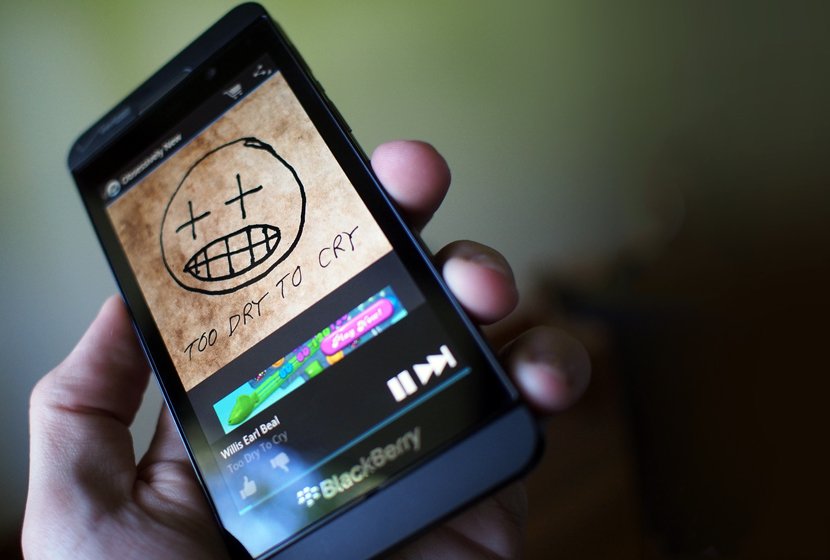
Pandora vs. Songza
In the world of streaming music, the competition recently has boiled down to the old school of Pandora vs. the new school of Songza.
With Pandora the user creates their own "station" based on their musical tastes, picking an artist or track as a base line, and then voting up or down on similar songs provided by Pandora to refine the station's scope.
Songza offers up an extensive and constantly growing list of pre-build playlists. Users can filter through categories of playlists until they find the hyper-specific one that suits their needs at any given time. Additionally, voting up or down on songs allows Songza to tailor the playlists based on the user's tastes.
Whether it is Digitally Imported, Pandora, Slacker Radio, TuneIn Radio, iHeartRadio or Last.fm, there is certainly no shortage of high-quality content available. And that's not even mentioning the big kahuna, SiriusXM Satellite Radio, which seems to come integrated in almost every new car these days (though by virtue of being broadcasted from a satellite as set stations, SiriusXM is more closely aligned with the traditional broadcast radio model than the newer a la carte online streaming services).
One-way terrestrial radio cannot keep up with customized and connected internet radio offerings.
What's more, these services are hopping between our smartphones, desktops, and tablets with ease, becoming near ubiquitous solutions no matter the situation - as long as you have connectivity. What's interesting is that consumers are willing to pay for these services for access to features like commercial-free broadcasts, unlimited skips, and higher quality streaming.
Terrestrial radio, thanks to its one-way structuring, cannot keep up with internet radio. The internet offers customized radio stations tailored to your likes, new artist discovery, seamless purchasing and downloads of music you've just listened to, and more. Terrestrial radio has a DJ, but with internet radio that's your and the server's job. Even traditional news outlets like NPR have gone online with live streaming or downloadable podcasts so you can listen at your leisure.
Will terrestrial radio ever go away? Someday, but that's far off. Traditional DJs will eventually be reduced to a handful syndicated across the country and around the world. Pre-recorded sound bites and computerized play lists will automate the process, reducing operational costs. Talk radio will move further towards on-demand podcasts. Make no mistake, we're heading towards full digital and full streaming for our radio, and that's a good thing.
03
Which features would prompt you to pay for internet radio?
876 comments
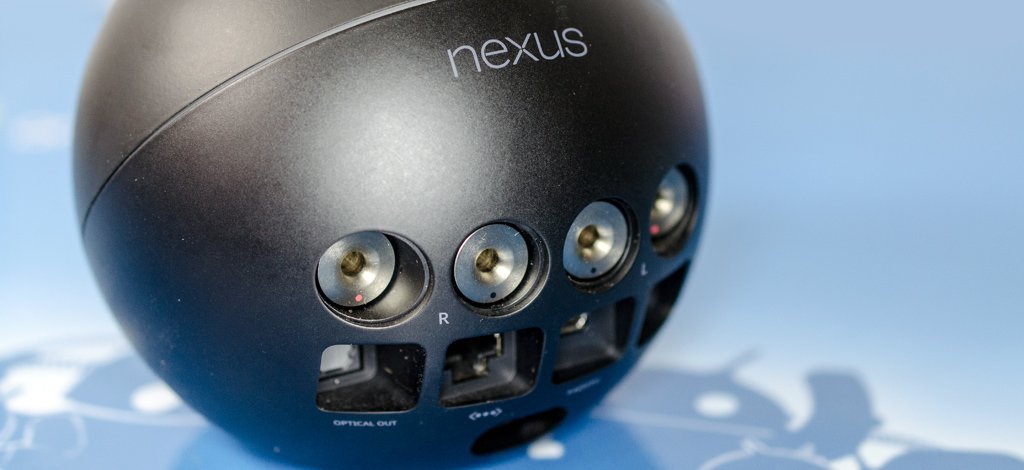

CONCLUSION
Mobile really has changed the way we get our entertainment. The internet stood ready to make things change, but it was smartphones and tablets that served as the catalyst to really make that change happen. We've all got a computer or two in the house, but using them for our media was for a long time a clunky affair of running cables and wiring to hook things up.
Mobile devices changed that, in part because nobody wants to take their fancy new smartphone with its numerous wireless radios and tether it to a TV or stereo with a cable. Smartphones and tablets have forced the entertainment industry into the wireless age, and we're all better off for it.
Thanks to mobile devices we now have speaker systems that are relatively affordable but can broadcast our music to any room, or follow us around and pump out tunes. Thanks to mobile devices we have apps to stream television and movies from dozens of sources - and then sling that same video onto a bigger screen for lean-back enjoyment. And thanks to mobile devices we can now listen to our favorite radio programs wherever we go, often whenever we want, and we can build our own custom radio stations around the music we like.
Smartphones and tablets have reshaped the way entertainment is delivered, and there's no sign of the shift towards on-demand customized content slowing any time soon.

